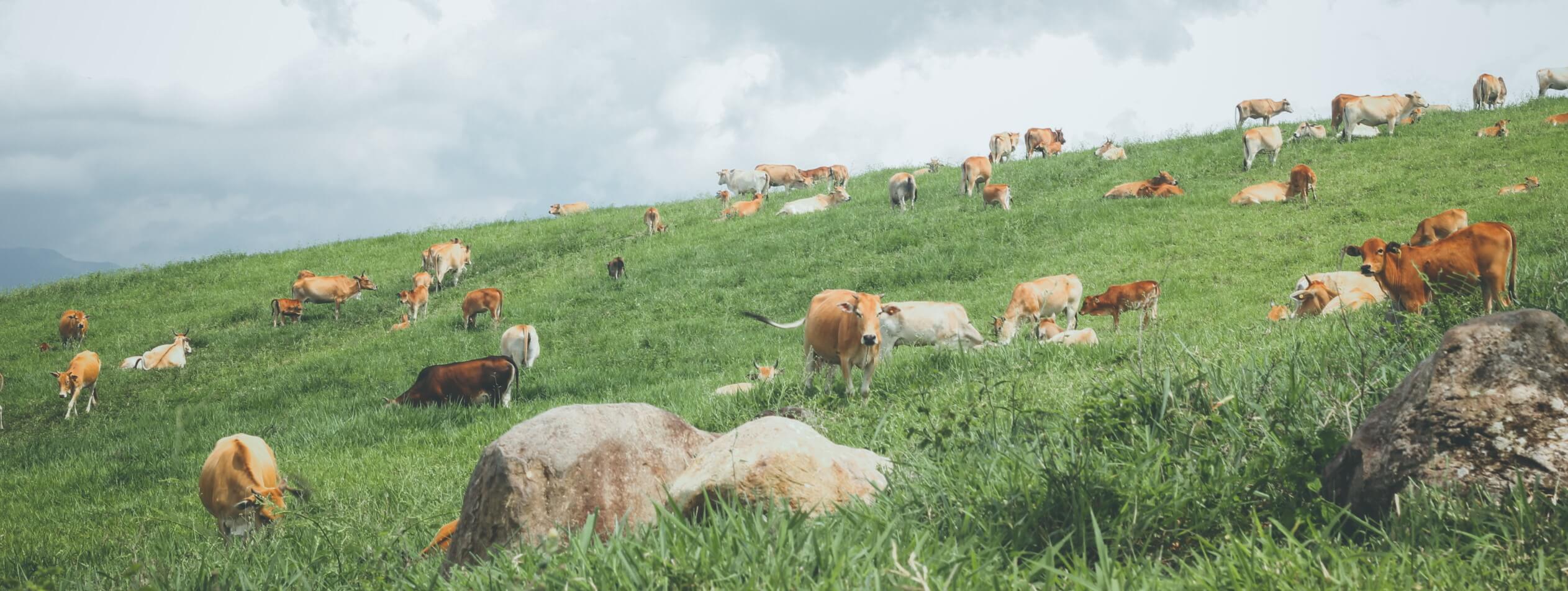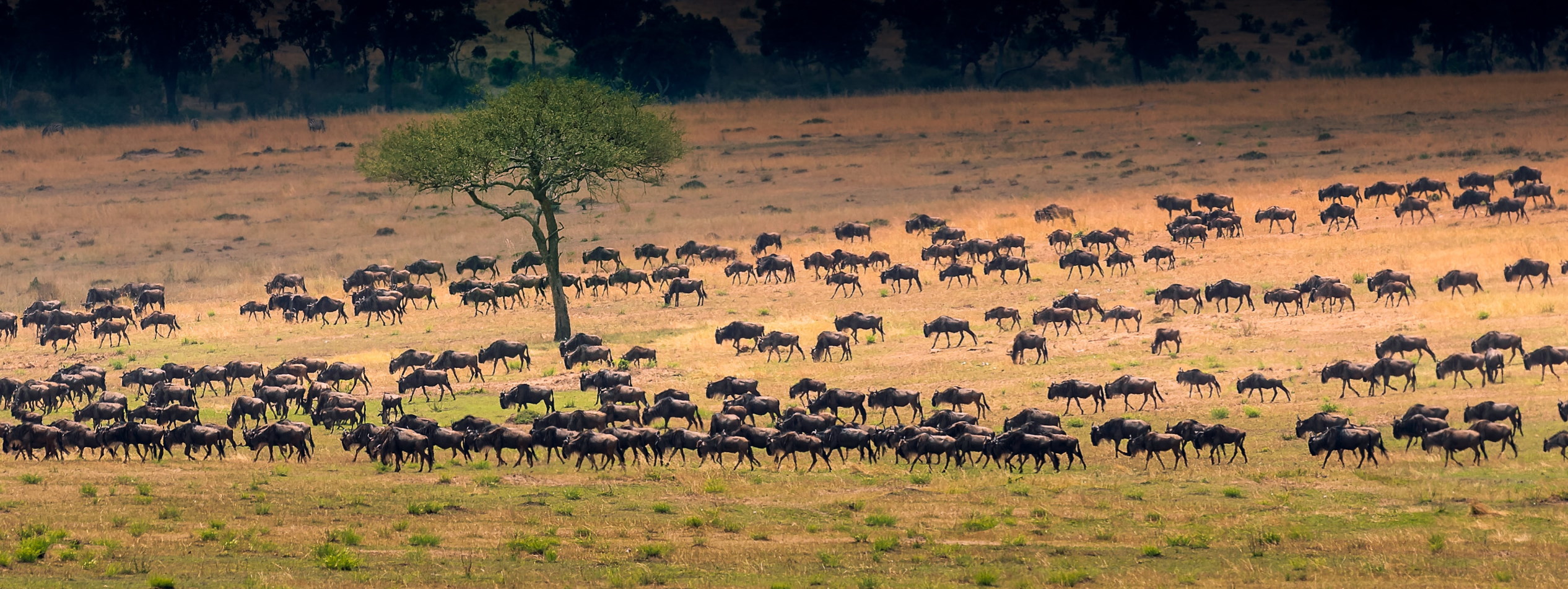This seems like a topic I keep coming back to. I think this is because I love eating meat and want to defend that. But also because I think there is a huge injustice in how livestock farmers are targeted as one of the causes of excessive greenhouse gas emissions. As I often acknowledge, meat production has earned its negative reputation in some regards – there are high emissions associated with the way most of the meat is currently produced, and there has been a lot of habitat degradation linked to it. The problem is when livestock agriculture is blanketed. That is what I challenge.
The impact of grazing
The thing is, we need livestock to create one of the few viable solutions available to mitigate climate change. Good agricultural practices can move carbon dioxide from the atmosphere into the soil, where it is stored in a sink. Part of this good management includes livestock grazing.
The action of animals chewing, trampling and tugging on grass creates a lot of damage. This damage happens both above ground and below ground. It pulls out root hairs, causes tearing of roots and creates leaks from the roots. All the damage created by grazing needs to be healed. The healing process leads plants to push out large amounts of exudates into the soil. These exudates serve the purpose of recruiting the microorganisms that the plant requires to assist in the healing process. The increased activity in the soil, driven by the extra addition of exudates leads to greater nutrient cycling. The result is that the plant grows back, both above and below ground.
The extra addition of exudates, plus the dead root material leads to increases organic matter in the soil. In other words, more soil carbon.
Grazing management
The key to this whole process is allowing the plant enough time to recover and heal before it is grazed again. When this process is timed correctly, the result is good quality grazing and improved soil carbon. Overgrazing is the worst-case scenario – this is when plants are never given enough time to recover and are just damaged by grazing repeatedly until they can no longer survive.
Grazing management: The key to sustainable pasture-based farming
The need for livestock
The damage-recovery process is not the same when plants are cut by machinery. Growing crops and cutting them is not a viable solution, nor is just leaving grassland areas to grow without animals. Thus the need for grazing livestock. Nature’s process of building healthy grassland soil is this grazing-recovery-grazing cycle.
Agricultural mismanagement has led to degraded soils and excessive greenhouse gas emissions. This has often been placed at the feet of all farming, especially livestock farming. The problem is not livestock, the problem is mismanagement. Therefore, if we are really interested in a solution, we should focus on educating farmers on regenerative, sustainable practices, and educating consumers to support farmers who implement such practices.
Source
Montgomery DR. 2017. Growing a revolution: Bringing our soil back to life. WW Norton, New York.


